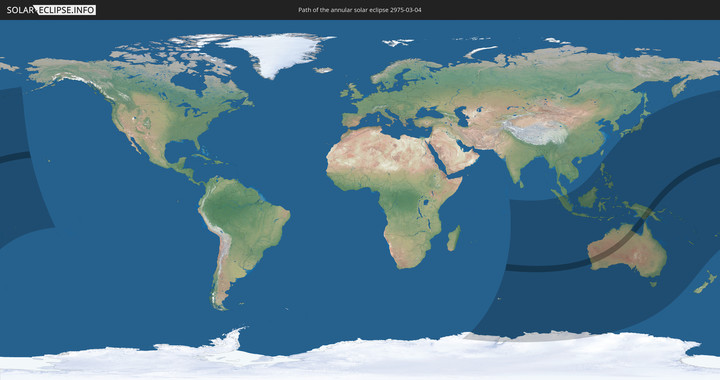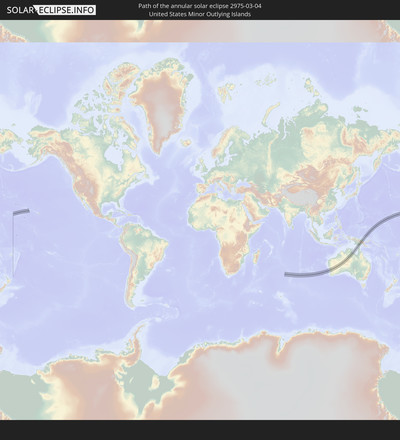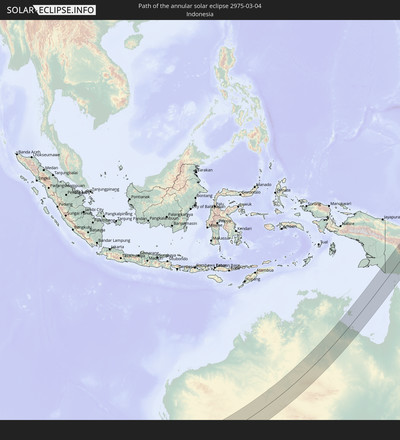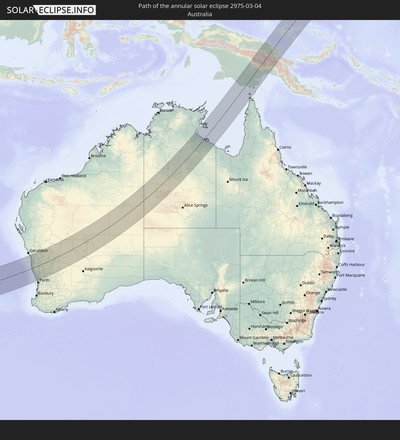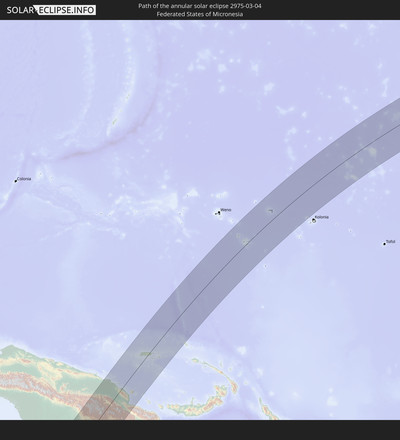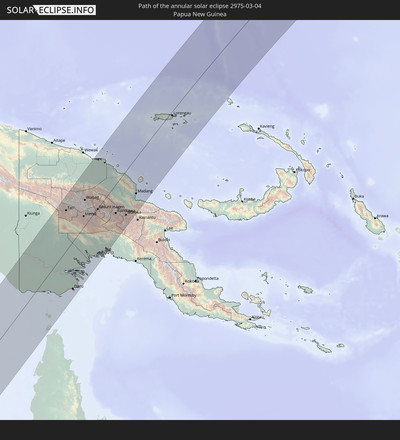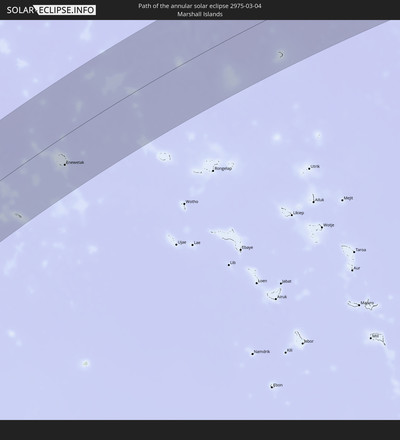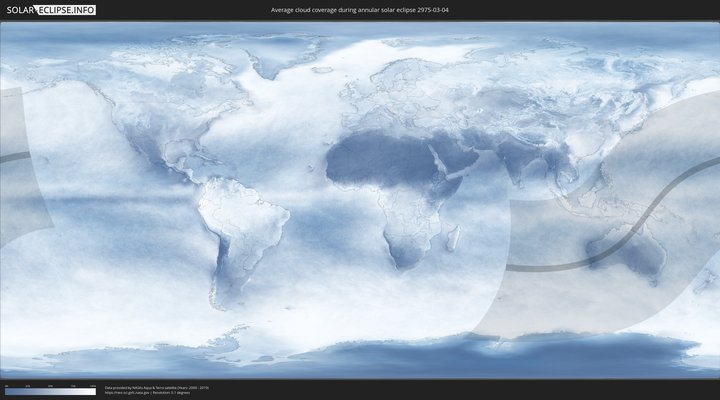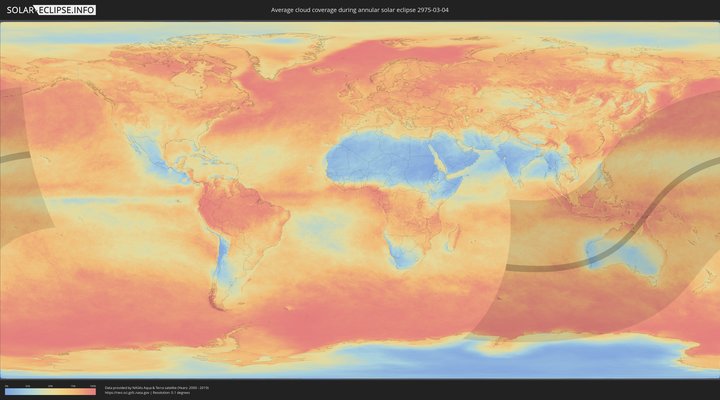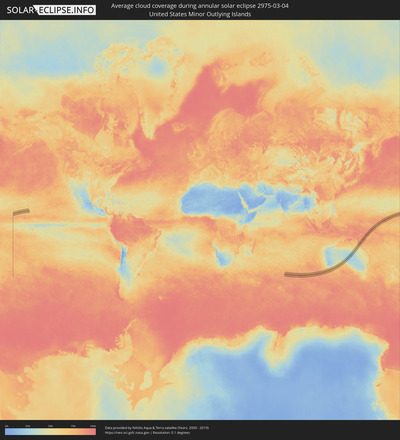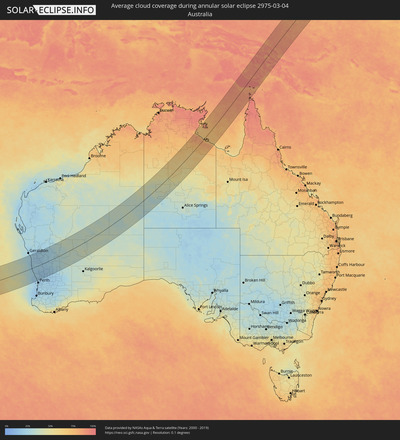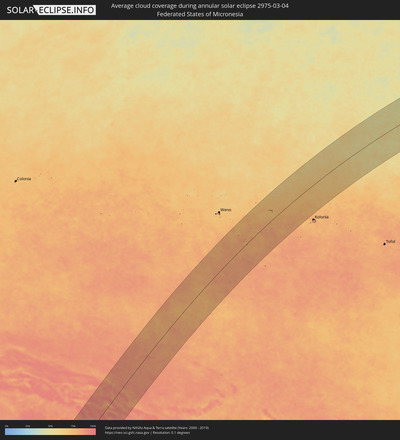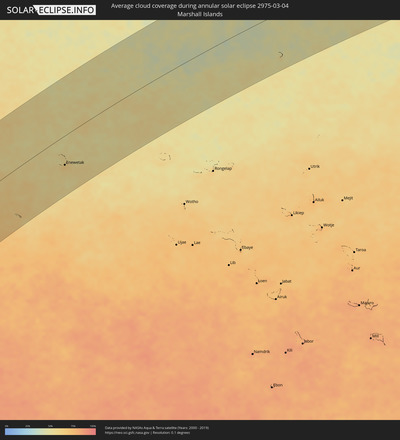Annular solar eclipse of 03/04/2975
| Day of week: | Saturday |
| Maximum duration of eclipse: | 09m10s |
| Maximum width of eclipse path: | 297 km |
| Saros cycle: | 165 |
| Coverage: | 92.2% |
| Magnitude: | 0.9217 |
| Gamma: | -0.0939 |
Wo kann man die Sonnenfinsternis vom 03/04/2975 sehen?
Die Sonnenfinsternis am 03/04/2975 kann man in 35 Ländern als partielle Sonnenfinsternis beobachten.
Der Finsternispfad verläuft durch 6 Länder. Nur in diesen Ländern ist sie als annular Sonnenfinsternis zu sehen.
In den folgenden Ländern ist die Sonnenfinsternis annular zu sehen
In den folgenden Ländern ist die Sonnenfinsternis partiell zu sehen
 Antarctica
Antarctica
 Fiji
Fiji
 United States
United States
 United States Minor Outlying Islands
United States Minor Outlying Islands
 Wallis and Futuna
Wallis and Futuna
 Tonga
Tonga
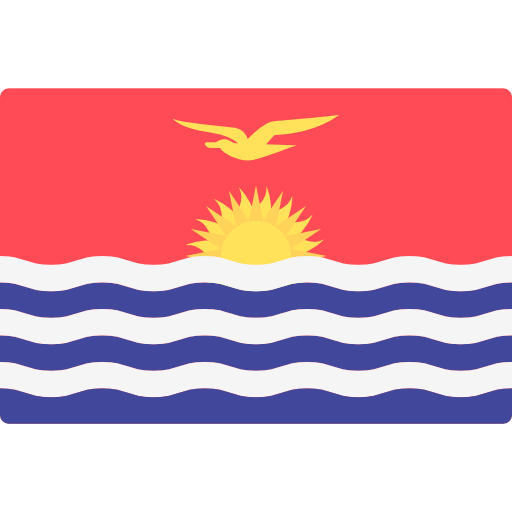 Kiribati
Kiribati
 Samoa
Samoa
 Tokelau
Tokelau
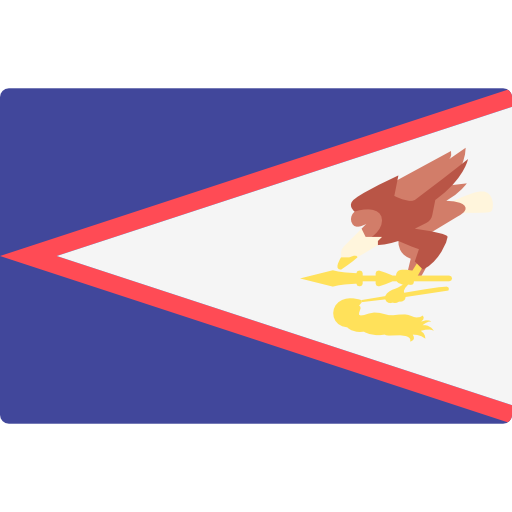 American Samoa
American Samoa
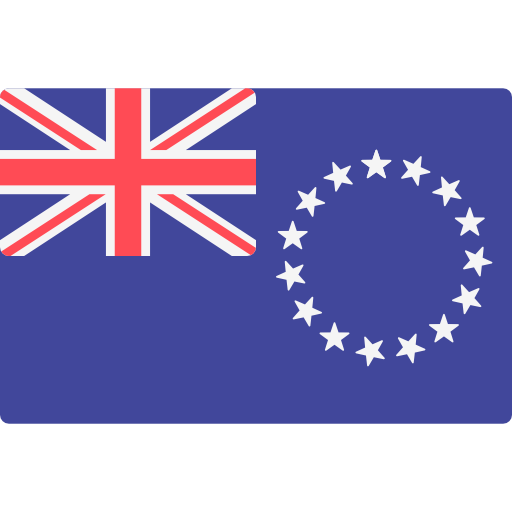 Cook Islands
Cook Islands
 French Southern and Antarctic Lands
French Southern and Antarctic Lands
 Heard Island and McDonald Islands
Heard Island and McDonald Islands
 Indonesia
Indonesia
 Cocos Islands
Cocos Islands
 Malaysia
Malaysia
 Singapore
Singapore
 Christmas Island
Christmas Island
 Australia
Australia
 Brunei
Brunei
 Philippines
Philippines
 Japan
Japan
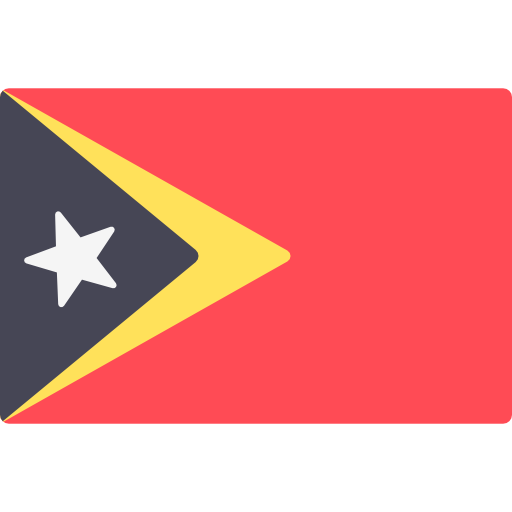 East Timor
East Timor
 Palau
Palau
 Federated States of Micronesia
Federated States of Micronesia
 Papua New Guinea
Papua New Guinea
 Guam
Guam
 Northern Mariana Islands
Northern Mariana Islands
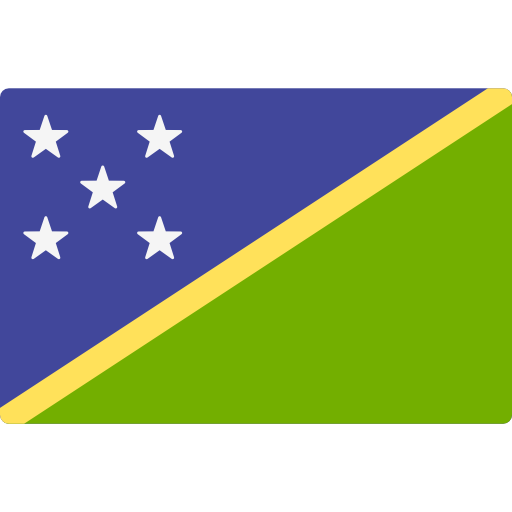 Solomon Islands
Solomon Islands
 New Caledonia
New Caledonia
 Marshall Islands
Marshall Islands
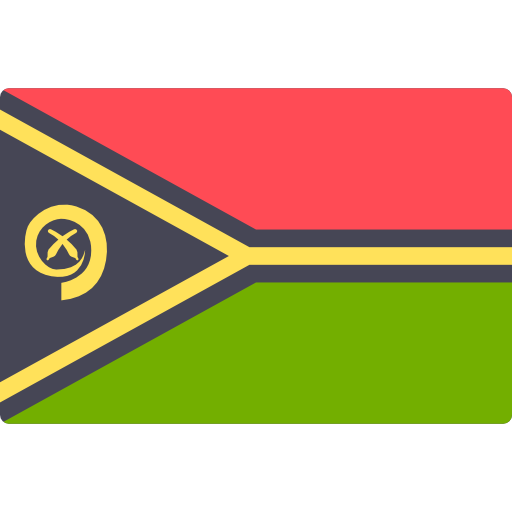 Vanuatu
Vanuatu
 Nauru
Nauru
 Norfolk Island
Norfolk Island
 Tuvalu
Tuvalu
How will be the weather during the annular solar eclipse on 03/04/2975?
Where is the best place to see the annular solar eclipse of 03/04/2975?
The following maps show the average cloud coverage for the day of the annular solar eclipse.
With the help of these maps, it is possible to find the place along the eclipse path, which has the best
chance of a cloudless sky.
Nevertheless, you should consider local circumstances and inform about the weather of your chosen
observation site.
The data is provided by NASAs satellites
AQUA and TERRA.
The cloud maps are averaged over a period of 19 years (2000 - 2019).
Detailed country maps
Cities inside the path of the eclipse
The following table shows all locations with a population of more than 5,000 inside the eclipse path. Cities which have more than 100,000 inhabitants are marked bold. A click at the locations opens a detailed map.
| City | Type | Eclipse duration | Local time of max. eclipse | Distance to central line | Ø Cloud coverage |
 Quinns Rocks, Western Australia
Quinns Rocks, Western Australia
|
annular | - | 09:32:49 UTC+08:00 | 151 km | 21% |
 Butler, Western Australia
Butler, Western Australia
|
annular | - | 09:32:50 UTC+08:00 | 148 km | 22% |
 Mindarie, Western Australia
Mindarie, Western Australia
|
annular | - | 09:32:48 UTC+08:00 | 153 km | 21% |
 Clarkson, Western Australia
Clarkson, Western Australia
|
annular | - | 09:32:50 UTC+08:00 | 153 km | 21% |
 Kinross, Western Australia
Kinross, Western Australia
|
annular | - | 09:32:50 UTC+08:00 | 157 km | 21% |
 Carramar, Western Australia
Carramar, Western Australia
|
annular | - | 09:32:54 UTC+08:00 | 155 km | 20% |
 Tari, Hela
Tari, Hela
|
annular | - | 13:20:54 UTC+10:00 | 110 km | 89% |
 Daru, Western Province
Daru, Western Province
|
annular | - | 13:12:47 UTC+10:00 | 125 km | 83% |
 Mendi, Southern Highlands
Mendi, Southern Highlands
|
annular | - | 13:21:39 UTC+10:00 | 30 km | 90% |
 Wabag, Enga
Wabag, Enga
|
annular | - | 13:23:33 UTC+10:00 | 70 km | 90% |
 Ialibu, Southern Highlands
Ialibu, Southern Highlands
|
annular | - | 13:21:56 UTC+10:00 | 9 km | 92% |
 Mount Hagen, Western Highlands
Mount Hagen, Western Highlands
|
annular | - | 13:23:33 UTC+10:00 | 2 km | 86% |
 Minj, Jiwaka
Minj, Jiwaka
|
annular | - | 13:24:19 UTC+10:00 | 46 km | 87% |
 Kundiawa, Chimbu
Kundiawa, Chimbu
|
annular | - | 13:24:33 UTC+10:00 | 78 km | 87% |
 Goroka, Eastern Highlands
Goroka, Eastern Highlands
|
annular | - | 13:25:11 UTC+10:00 | 120 km | 85% |
 Madang, Madang
Madang, Madang
|
annular | - | 13:28:18 UTC+10:00 | 98 km | 82% |
 Lorengau, Manus
Lorengau, Manus
|
annular | - | 13:39:28 UTC+10:00 | 11 km | 84% |
 Enewetak, Enewetak Atoll
Enewetak, Enewetak Atoll
|
annular | - | 16:31:10 UTC+12:00 | 81 km | 59% |
